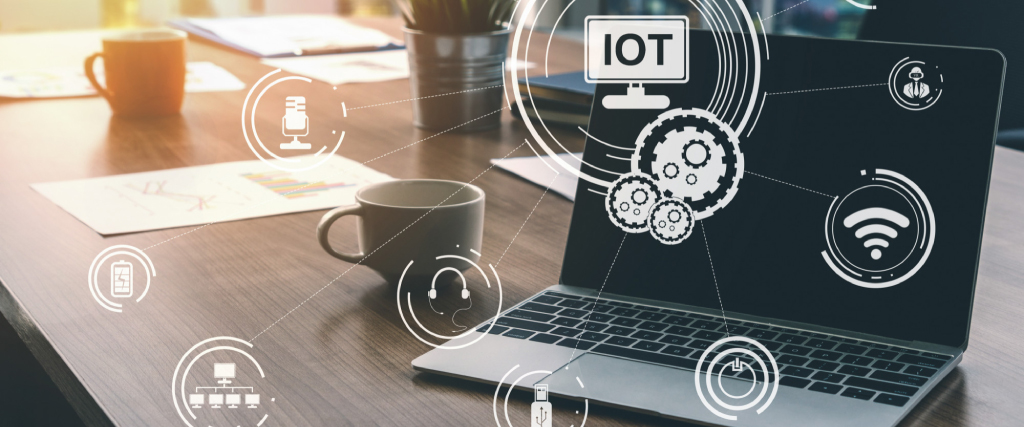IoT can be Glitch-free with these Five Techniques

IoT Techniques: The Internet of Things (IoT) is a buzzword in the domain of artificial intelligence (AI). Here is a standard explanation of IoT IoT is a technological framework where various and a large number of electronic devices are connected to the internet. It serves to transfer and analyze data through embedded sensors. It evolves fiercely as it makes the convergence of various technology stacks associated with big data and artificial intelligence. The technological framework of IoT deals with a large number of data that is impossible to manage by a human workforce. It not only manages data well, but it also analyzes them impeccably to deliver flawless and accurate results. These aspects of IoT have made it aggressively popular in the industries of healthcare, logistics, banking, retail, and even home entertainment. Today, over seven billion people are connected to IoT devices. Experts are highly expecting this number to grow and to touch ten billion by 2021 and 25 billion by 2025. Now that we have a fair grasp of IoT, it is also important for us to gauge and understand its importance across various industries.
Understanding the Importance of the IoT Techniquesfv
Affirmatively, the internet of things (IoT) has emerged to be one of the most powerful and much-demanded technologies of the 21st century. Every object (kitchen appliances, office computers, baby monitors, thermostats) that comes to your imagination can be connected to IoT. The primary purpose of connecting them to IoT is to strike seamless communications between people and things. The IoT helps people and the digital world to be in cooperation for a smooth functioning in this hyperconnected world that will collapse without digitalization and the internet. This is the reason why almost every industry in the world is employing IoT. Take the example of the healthcare industry that thrives on modern technology such as AI and IoT today, witnesses admissions of a large number of patients daily ever since the hit of the pandemic. This leads to overcrowding in hospitals and clinics that can increase the chances of contamination. Managing the records of patients is equally important. To overcome such problems, medical practitioners and medical professionals today rely on IoT to record and monitor their patients. Several hospitals today use IoT for crown management as well. While IoT facilitates proper handling of the logistics and conducts in a hospital eliminating chaos, the human workforce can invest themselves in more value-added activities. We now have a fair idea about IoT and its importance across all industries. However, just knowing about IoT and its importance is not enough as IoT Techniques need to be scaled in regular intervals. Additionally, there are also challenges involved in IoT integration. It is now time that we dive straight into the scalability techniques and challenges of IoT.The Five Scalability Techniques of IoT
IoT networks and applications need to be scaled from time to time. As the number of devices and connections continue to increase at a rapid rate, the IoT framework should be made capable to tackle an increase in the number of features, the number of devices, and the number of users. The aim of scaling up IoT is to boost its performance and its longevity in handling the increase of devices and the features they bring along. The five scalability techniques are as follows:- Automated Bootstrapping
- Controlling IoT Data Pipeline Better
- The Three-axis Approach
- Microservices Architecture
- Multiple Data Storage Technologies
- Network Security
- Governance
- Privacy
